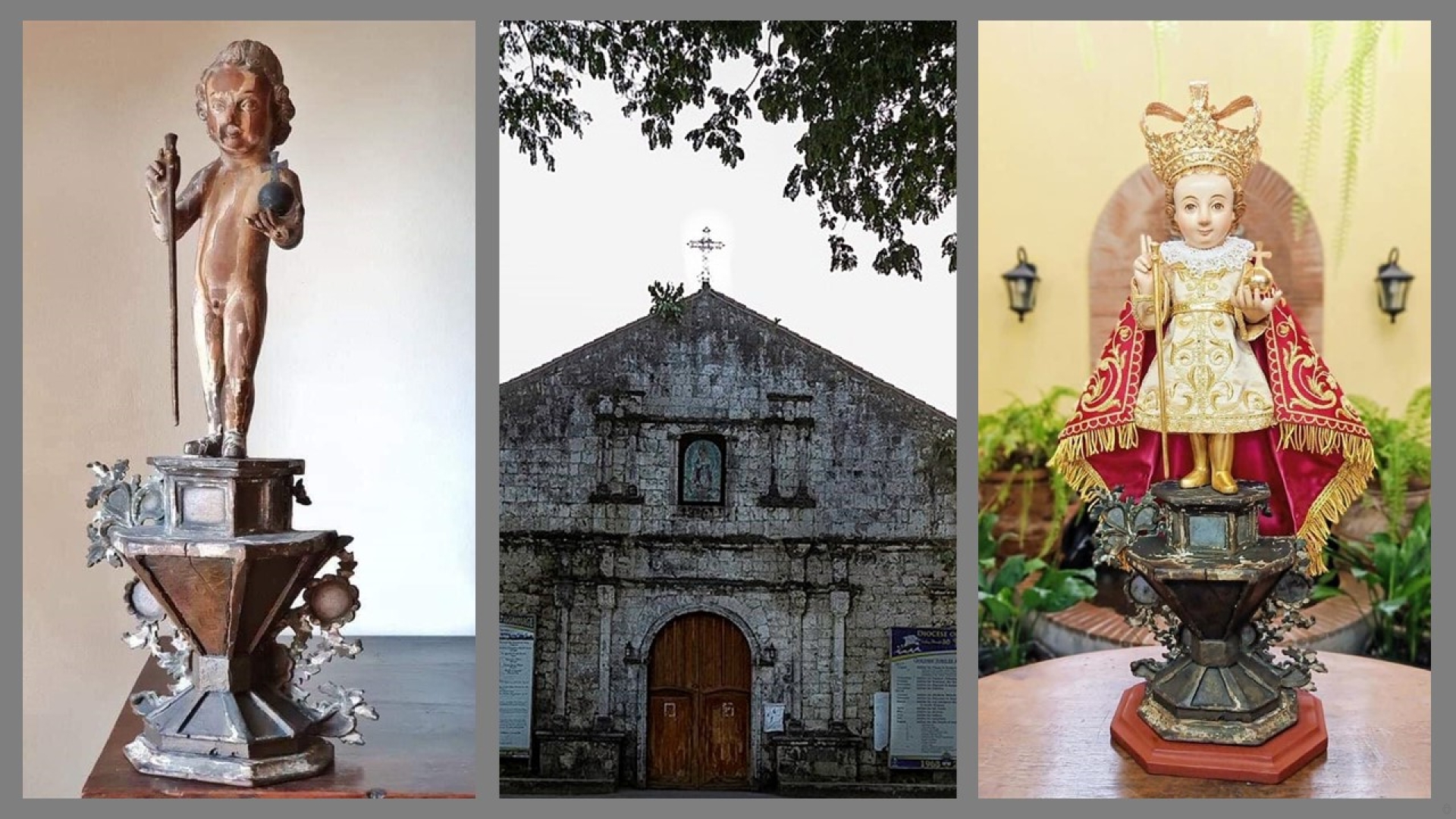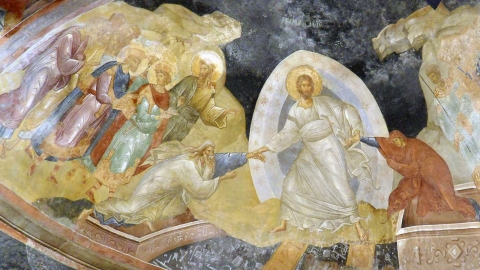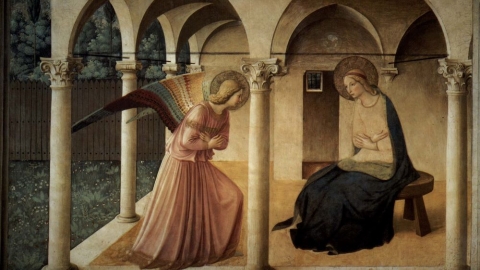Philippines: Santo Niño found 32 Years After Its Theft

A gauche, la statue retrouvée. Au centre l’église de Malitbog. A droite, la statue revêtue de ses habits.
32 years after its theft, a statue of the Holy Child Jesus (Santo Niño) returned on September 22, 2020 to its place in the Santo Niño Church in Malitbog, in the Philippines in the diocese of Maasin.
Francis Ong, a Catholic antiques collector, found the statue - sculpted by a local artist around 1720 in the image of the Santo Niño de Cebu - which had been stolen in 1988 on the island of Leyte, reports the agency Churches of 'Asia.
Francis Ong explained that he discovered the origin of the statue, which he had just acquired in November 2019, thanks to a friend who alerted him. “I thought it belonged to a wealthy family during the Spanish era. I never imagined it had been stolen from a parish in the Visayas.” The collector specifies that he then checked the distinguishing marks to confirm that it actually corresponded to the stolen statue. He immediately decided to return it free of charge to its parish of origin. “I have no regrets or remorse, simply much joy and happiness, because it is a grace to be able to find such a spiritual and cultural treasure,” he added.
The statue of the Child Jesus of Cebu (city of Cebu Island, capital of Cebu Province and Central Visayas region, Philippines) was brought there by the Portuguese explorer Ferdinand de Magellan on April 14, 1521, as a gift for Queen Juana of Cebu. She and her husband, Rajah Humabon, were then baptized along with 800 natives, thus establishing Christianity in the country. In 1565, when the Spanish conqueror Miguel Lopez de Legazpi arrived in Cebu, a Spanish soldier found the statue in the remains of a burnt down indigenous house. Cebu was then named the “City of the Most Holy Name of Jesus.” Today the statue, known as the Santo Niño of Cebu, is considered one of the oldest Christian relics in the country.
(Sources : cath.ch/eda – DICI n°401, octobre 2020)





